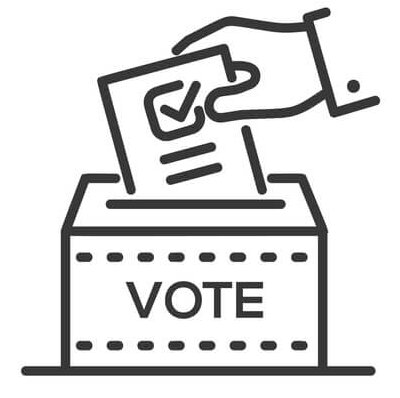Election confidence increases with basic education, new poll reports

Michigan Voter Confidence in Elections Increases with Basic Education, New Poll Reports
A recent survey conducted by the Democracy Defense Project reveals that Michigan voter confidence in elections significantly rises when informed about 12 election practices already in law or widespread use in the state. The survey, which included 800 Michigan voters, highlights the importance of these practices in promoting trust and confidence in the electoral process.
Survey Results
- Before being informed about the election practices, 77% of voters expressed confidence in the validity of elections.
- After learning about the 12 measures, respondents indicated that their confidence would increase to 94% if all practices were in place.
- Among Trump supporters, confidence in elections was initially low, with only 61% expressing confidence. However, after being informed about the measures, their confidence increased to 90%.
- Harris supporters showed higher initial confidence in elections, with 92% expressing confidence. After learning about the measures, their confidence increased to 98%.
- 80% of voters who initially had no confidence in elections stated that the implementation of the 12 measures would give them confidence.
Importance of Public Education
The survey results serve as a warning sign regarding voter confidence in elections. However, there is cause for hope, as basic public education about the existing safeguards and best practices can help restore confidence. It is essential for voters to understand the election process and the measures in place to ensure transparency and fairness.
Former Governor James Blanchard emphasized that the claims made by former President Trump regarding election rigging have not been accepted by the majority of voters. By providing voters with information about the 12 measures, their trust in the electoral process can be strengthened.
Kent County Clerk Lisa Lyons highlighted the importance of voter education, stating that voters trust the process but need to be aware of how it works. Byrum, Blanchard, former Governor John Engler, Representative John Cherry, former U.S. Representative Mike Bishop, and Ingham County Clerk Barb Byrum also expressed support for educating voters about election practices.
The 12 Election Measures
- Requiring voting machines to be tested
- Requiring paper ballots to be stored in locked facilities with documented chain of custody to confirm they are secure and prevent tampering
- Ensuring that voting machines are not connected to the internet
- Requiring absentee ballot drop boxes to be video monitored and collected daily by authorized clerk personnel
- Requiring both machine and hand counting of ballots when results are close
- Requiring city and township clerks to update voter rolls and remove inactive and incorrect registrations
- Requiring the number of ballots issued to match the total of absentee and in-person votes cast
- Requiring state officials to use multi-state databases to check for duplicate registrations
- Ensuring that signatures on absentee ballots match the signatures in the official voting book
- Requiring every voter to present ID or sign a legal affidavit attesting their identity if they forget their ID
- Not allowing ballots to be counted after election day, except for military or overseas ballots
- Allowing voter interest groups to assign credentialed individuals to each polling location to monitor the voting process and challenge irregularities
SDGs, Targets, and Indicators
1. Which SDGs are addressed or connected to the issues highlighted in the article?
- SDG 16: Peace, Justice, and Strong Institutions
2. What specific targets under those SDGs can be identified based on the article’s content?
- Target 16.6: Develop effective, accountable, and transparent institutions at all levels
- Target 16.7: Ensure responsive, inclusive, participatory, and representative decision-making at all levels
3. Are there any indicators mentioned or implied in the article that can be used to measure progress towards the identified targets?
- Indicator 16.6.1: Primary government expenditures as a proportion of original approved budget, by sector (e.g., education, health, etc.)
- Indicator 16.7.1: Proportions of positions (by sex, age, persons with disabilities, and population groups) in public institutions (national and local legislatures, public service, and judiciary) compared to national distributions
Table: SDGs, Targets, and Indicators
| SDGs | Targets | Indicators |
|---|---|---|
| SDG 16: Peace, Justice, and Strong Institutions | Target 16.6: Develop effective, accountable, and transparent institutions at all levels | Indicator 16.6.1: Primary government expenditures as a proportion of original approved budget, by sector (e.g., education, health, etc.) |
| SDG 16: Peace, Justice, and Strong Institutions | Target 16.7: Ensure responsive, inclusive, participatory, and representative decision-making at all levels | Indicator 16.7.1: Proportions of positions (by sex, age, persons with disabilities, and population groups) in public institutions (national and local legislatures, public service, and judiciary) compared to national distributions |
Source: thelivingstonpost.com








